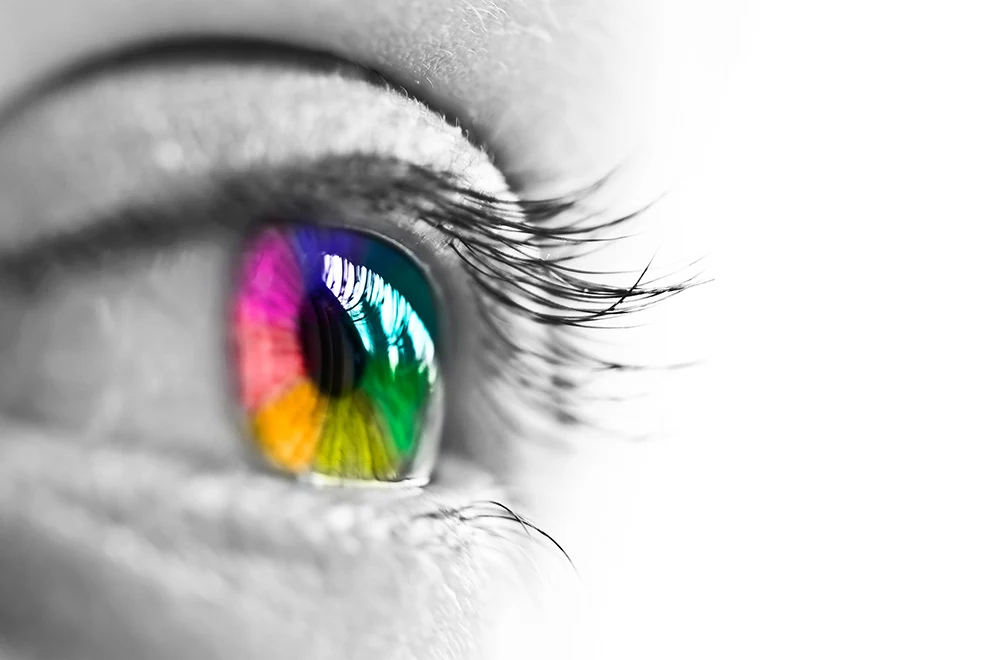In the eye of the beholder
October 2, 2019 | 3 min read
By Alina Helsloot

© istockphoto.com/Delpixart
Color blindness, is something that you really should consider when you submit your next manuscript.
Color blindness is more common than you might think: one in twelve Caucasian men (8%), one in twenty Asian men (5%), one in twenty-five African men (4%) and 0.5% of women are so-called “red-green” color blind, making it more common than having an AB blood type. In the United Kingdom alone, there are 2.7 million people that are affected by it, and in a country like the United States a whopping 13 million people (4.5% of the population) suffer from the condition. These numbers shouldn’t be ignored.
Color blindness, then, is something that you really should consider when you submit your next manuscript. What if one of the reviewers were color blind? Or the editor? Would they be able to appreciate your images and figures fully? And when the manuscript gets published, will your figures be accessible to your entire audience, including those with impaired color vision? The person who can’t read all your paper might be someone who can make a real difference to your career, as a colleague, collaborator or sponsor. Make sure, then, that everyone can make the most of your work.
Some key facts about color blindness
Color blind people can distinguish brightness and saturation, but not hues
It’s a genetic trait (carried on the X-chromosome) that affects 5-10% of the population, mostly males (as women have another X-chromosome to compensate)
Color “blindness” isn’t the best terminology, as only very few people see only black & white
The two most common forms are "red” color blindness (protonopia, 1% of males) and “green” color blindness (deuteranopia, 1% of males). Both types have difficulty distinguishing between colors in the green-yellow-red section of the spectrum
Visualization of data concerns most scientists, and creating accessible figures for color blind readers turns out to be surprisingly easy if you follow these five simple guidelines
Use a color palette that can be easily identified by people with all types of color vision. For example, blue-orange or blue-red color combinations are considered colorblind-friendly, whereas red-green and green-brown should be avoided. There are standard palettes available that provide good discrimination for different color blindness types.
Use a sufficiently high contrast. While people with color impaired vision have trouble with color hue, they can usually perceive contrast very well- so leverage light versus dark.
Red-green color coding is widespread in the life sciences, especially in colored fluorescent images. A simple alternative is to replace red with magenta.
Simulate how your figure will be seen by a color blind person. There are many (free) tools out there that can tell you how your design would look like to a color blind eye, such as Color Oracle, or you can use the “Proof setup” function if you have access to Adobe Photoshop. (Just go to View> Proof Setup> Color blindness.)
Think beyond color when representing your data! Besides just color, use different shapes, fill textures, positions, patterns and line types to convey information. You can also add labels, directional arrows, annotations or other indicators to figures that help disambiguate between lines or other color encoded information.
We hope that these tips will help you make your figures and images accessible to all readers, including those with color impaired vision, so that your entire audience can benefit from your research findings!
Contributor
AH